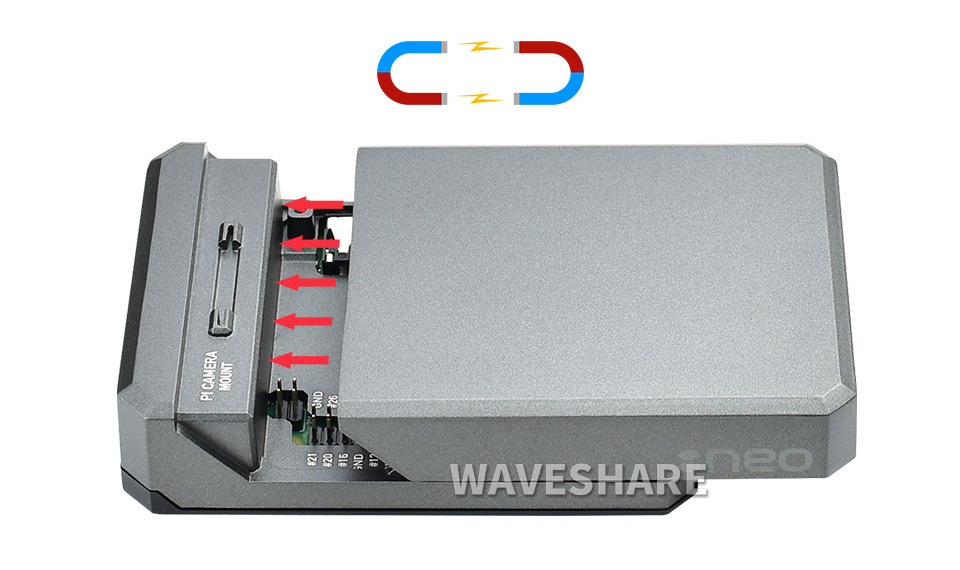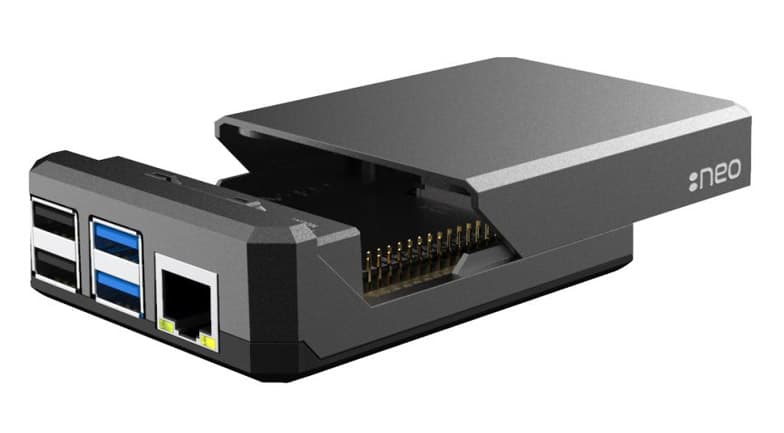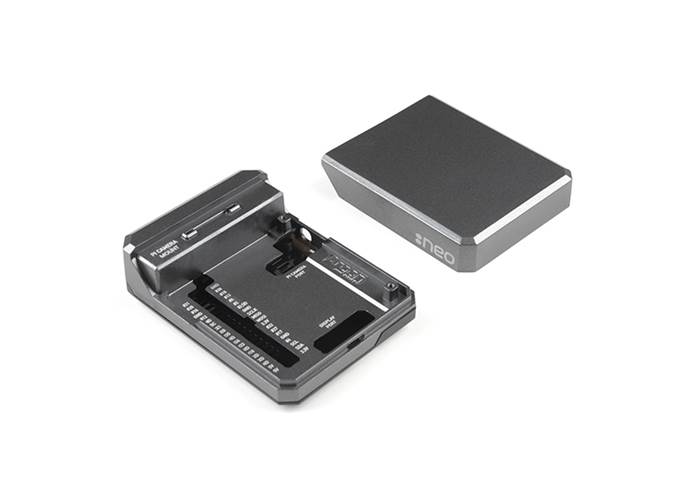

The main connectors, including GPIO, are accessible through the bottom of the case.The cleanly designed aluminum case keeps your Raspberry Pi cool.It comes with an 18-watt type-C power supply.Īrgon NEO Raspberry Pi 4 Model B Heatsink Case.It has an additional fan HAT to cool your Raspberry Pi.This case has a sliding magnetic top to access the GPIO ports, display module, camera module, and PoE pins.With that said, some cases are also designed to limit signal interference.
Flirc vs argon neo Bluetooth#
The downside is that some aluminum cases might cause some interference with the Wi-Fi and Bluetooth signals which can weaken the signal. These cases are usually silent and keep your device very cool. Like the FLIRC, Argon NEO the Argon ONE uses an aluminium enclosure to wrap around and protect the Raspberry Pi 4 and also act as a huge heatsink.Aluminum cases are an excellent option if you're overclocking a Raspberry Pi. The massive surface area provides impressive cooling, that even under maximum load for a sustained period didn’t even get to 60☌ (more details below), well away from thermal throttling point of 80☌.
Flirc vs argon neo software#
The case has an integrated 30mm fan which can be controlled once some additional software has been installed.


Ventilation slots are cut into the top case section, the rear removable top panel has fins and a channel to direct air into the case through a gap next to the external GPIO connector.
Flirc vs argon neo full#
The rear top panel segment is attached with two magnets, once removed it reveals access to the full Raspberry Pi 4 GPIO header via a colour coded connector, with designation screen printed on the case. The connector has been effectively rotated to allow most HATs to still be connected with them overhanging the rear of the case. The pHAT I tried fitted almost flush to the rear of the main case. In reality, I’m doubtful that many people would use HATs with this case. The lack of access to the 4 PoE Pins means the POE HAT can’t be used. Whilst GPIO access is provided, it’s not possible to easily use the Pi Camera or Display ports.įront of the case is shaped to allow the translucent lower section of the case to rise up slightly right, allowing the LEDs on the Pi to be seen. There also appears to be the option of installing some IR transmitters and receivers, though at least on the original version these weren’t supported, it remains unclear if they are now, or ever will be. The rear of the lower section of the case has a small opening to provide access to the SD-Card. The rear of the Argon ONE main case provides access to the Ethernet, 2 x USB 2.0 and 2 x USB 3.0 ports you’d expect. In addition, the Power, AV and twin micro HDMI connectors have been represented at the rear, creating a cleaner design and simplifying cable management. The software needed for the Argon ONE is installed via the command: curl | bash Internals Depending on the state of the Raspberry Pi the button performs different functions (requires Argon ONE software to be installed) The final component on the rear of the Argon ONE case is the power button.

The Argon ONE provides a small daughterboard to expose the 2 x HDMI and 1 x AV port on the rear of the case. This is inserted into the Pi 4 before being installed into the case. Note the USB-C power connector on the side of the Pi 4 is not used, instead, the USB-C input power is provided through a larger board mounted to the top of the case. The larger board provides the USB-C power connector, power button, a fan header for the installed 30mm fan along with providing the means of presenting the Pi GPIO header through the top of the case. As mentioned earlier there are a pair of IR pad on the board, but they don’t appear to be supported at present. The larger board has a cutout allowing a couple of large towers of aluminium through to reach the Pi 4’s processor and memory, once the supplied thermal pads are installed.


 0 kommentar(er)
0 kommentar(er)
